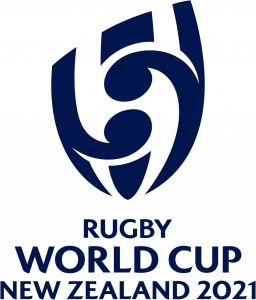The current position (as of the end of January) is that the RWC is full steam ahead. That is the optimistic opinion of Michelle Hooper, the tournament director. New Zealand is a Covid-free nation and intends to keep things that way. it means that all non-New Zealanders entering the country will have to isolate for 14 days. The RWC has major sport status, so the players and officials involved are allowed in and could train in carefully arranged conditions during quarantine.
 It will be a major undertaking for the 4-star hotels offering accommodation to cater for all the twelve squads’ training needs. The lead up to the tournament has been unequal enough already over the past year. Any variation in the standard or availability of fitness centres and practice areas would be most regrettable. As things stand, only New Zealand and England have been able to offer their players anything like a normal programme of training, practice and game-time. The Black Ferns would of course have every facility available to them during the warm-up period.
It will be a major undertaking for the 4-star hotels offering accommodation to cater for all the twelve squads’ training needs. The lead up to the tournament has been unequal enough already over the past year. Any variation in the standard or availability of fitness centres and practice areas would be most regrettable. As things stand, only New Zealand and England have been able to offer their players anything like a normal programme of training, practice and game-time. The Black Ferns would of course have every facility available to them during the warm-up period.
Overseas fans would, under current regulations, be excluded. So spectators would consist entirely of New Zealanders (plus any foreigners resident there).
So far, so (potentially) good; the view from an NZ perspective is positive. But it represents what we might call the second half of the match.
The first half
The first 40 minutes tell a different story. It is the responsibility of World Rugby, not the organising committee, to ensure the completion of the qualifying matches. We can be sure the lines of communication between Dublin and areas such as the South Pacific, northern South America and East Africa have been buzzing these past few months. But detail comes there none. With the world’s coronavirus picture altering every day, we can understand why there has been silence since the last announcement of a delay to scheduled matches. But this lack of firm detail can only harm the well-being of the players in question.
The vast majority of them, from Samoa to Russia, to Kenya, to Colombia, have simply not been playing for a year or more. Colombia beat Brazil in the first of two contests back in August 2019. Colombia v Kenya was due on 18 April 2020. Such are the time-gaps the pandemic has caused, and there is still no end in sight.
When we look back across this span, then towards next September, we must wonder if the two authorities concerned have decided how they will react if, let’s say, just one of the qualifying matches has not taken place in time. Would WR simply invite the next eligible country on the list to take part?
There are hundreds of players waiting for elusive answers.









